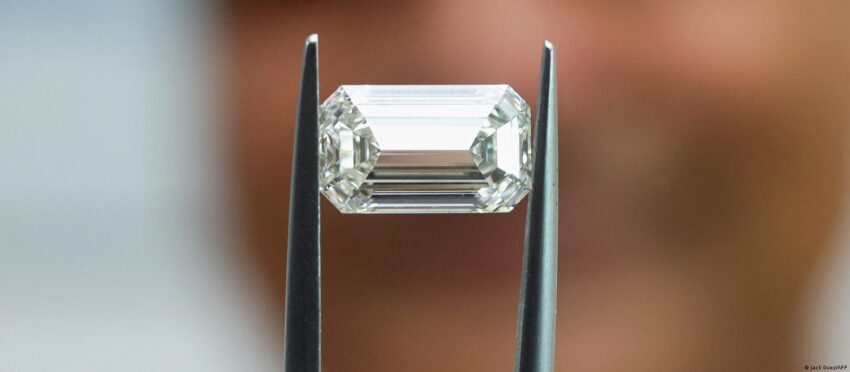It may come as a surprise to learn that diamonds are not created equally. While they’re all carbon crystals and share many of the same properties, most diamonds have been cut and polished for their sparkle and shine. In this article, we’ll explore the differences between natural and lab-grown diamonds as well as some of their key environmental benefits. This article is created by https://dress24h.com/
The Current Diamond Supply

The current diamond supply is unsustainable and unethical. Diamonds are the only commodity that requires their own industry to produce, market, and sell them–the diamond industry is self-sufficient and does not rely on other resources for its existence.
The mining of diamonds has also caused environmental damage in countries like South Africa and Botswana as well as human rights violations in places like Angola and Sierra Leone. The mining process involves digging up large tracts of land in order to find diamonds; this can destroy local ecosystems by destroying plants and animals who live there as well as polluting water sources with chemicals used during the extraction process. Discover the state farm engagement ring insurance.
Sustainable Diamonds
If you’re looking for a ring that’s both beautiful and sustainable, lab-grown diamonds are a great choice. Unlike natural diamonds, which are mined in areas where people live and die (and sometimes suffer), lab-grown diamonds do not require any mining at all. This means they don’t have any impact on the environment or communities around the world–they simply grow in laboratories using carbon atoms from methane gas instead of being dug up from the ground like most mined gems.
As with their mined counterparts, lab-grown diamonds come in many different shapes, sizes and colors depending on how they were grown; however, unlike mined stones, there is no need for cutting or polishing because these processes are already completed before being sold as finished products!
Lab-Grown Diamonds
Lab-grown diamonds may sound like an oxymoron, but they’re actually a very real thing. These gems are created in a laboratory and can be just as beautiful and durable as natural diamonds.
Lab-grown diamonds are often referred to as synthetic or cultured diamonds because they’re grown by humans rather than mined from the earth. The process involves placing carbon under extreme pressure in an oven-like environment until it forms a diamond crystal (the same way that coal becomes a diamond). This process takes about two weeks–much faster than nature!
Unlike their natural counterparts, lab-grown stones don’t require extensive mining operations or use up natural resources such as coal or oil needed for traditional mining operations. Lab-created stones also don’t require extensive cutting processes; instead, they’re created with exacting precision using computer modeling programs so that each stone has exactly the same cut grade whether it’s being used for engagement rings or other jewelry pieces.
The Difference Between Lab-Grown and Cultured Diamonds
Lab-grown diamonds are the same as mined diamonds, except they’re grown in a lab instead of being mined from the earth. They are created under controlled conditions and consist of 100% carbon atoms that have been fused together at high temperatures. They look exactly like natural diamonds because they have all the same physical characteristics, including hardness and fire (the dispersion of light).
Lab-grown diamonds aren’t to be confused with cultured diamonds, which are manmade but still contain natural materials–and therefore can’t be considered “real” by definition. Cultured stones also tend to be less expensive than lab-grown options because they don’t require extensive mining operations or extensive labor costs associated with cutting them from larger pieces of rough ore into smaller gems; however, these qualities mean that cultured stones usually lack some qualities found in mined gems such as color and clarity (more on this later).
Choosing the Right Lab-Grown Diamond for You
Choosing the right lab-grown diamond is just as important as choosing a natural one. The first thing to consider is size and shape–you want your ring to look beautiful on your finger, so it’s best to find a stone that complements your hand and fingers. Next, look at color, clarity, and carat weight (the measurement of weight). You’ll also want to make sure any lab-grown diamonds you buy are certified by either GIA or AGSL (American Gem Society Laboratories).
The best way to find a lab-grown diamond is through an authorized retailer. These are jewelers who have been trained in the differences between natural and synthetic diamonds and can help you determine which stone will be most appropriate for your needs.
Conclusion
In conclusion, lab-grown diamonds are a great option for those looking to buy a sustainable engagement ring. They’re beautiful, eco-friendly, and can be customized to fit your personal style. If you have any questions about these types of stones or would like help finding the perfect one for yourself or someone special in your life then please contact us today!






